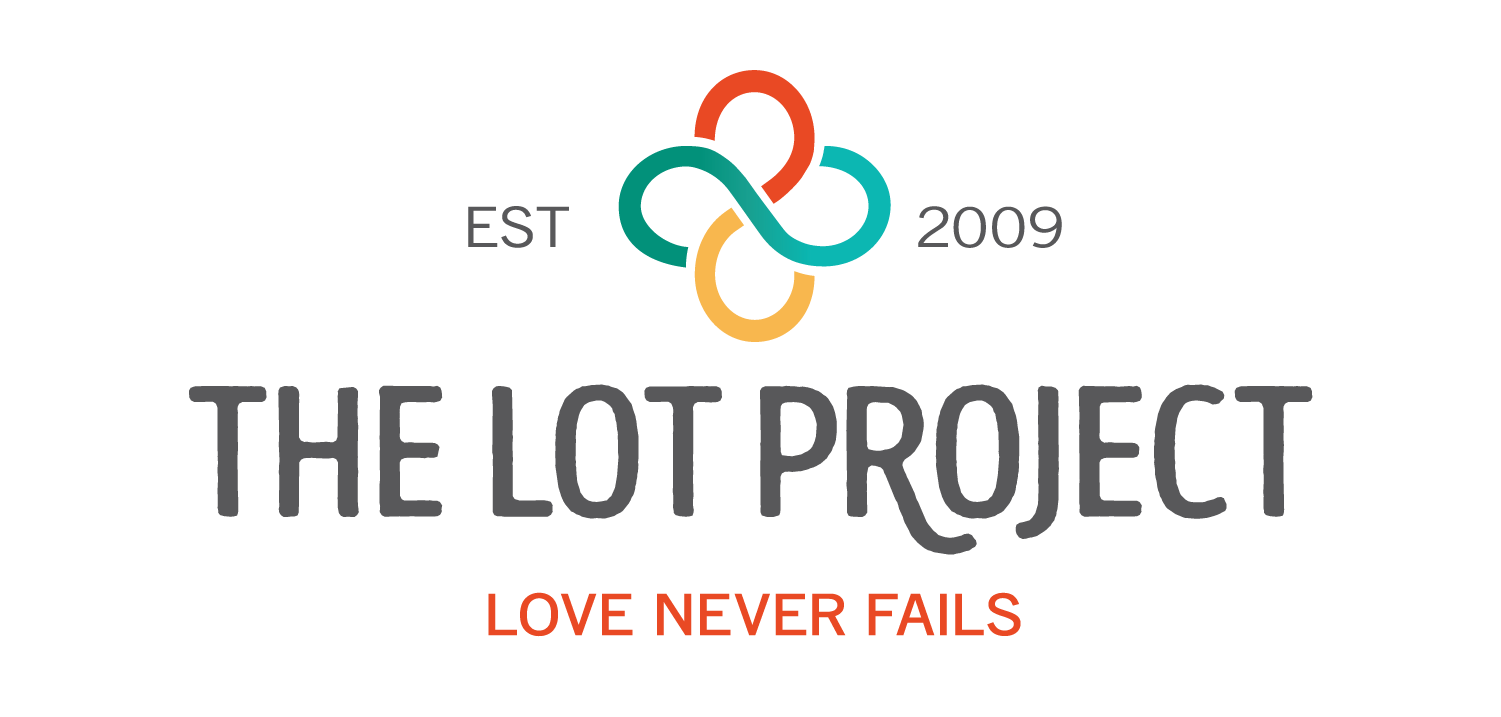The Body Keeps the Score: Trauma and Homelessness
Recently, The LOT Project hosted a book club discussion on Bessel van der Kolk’s The Body Keeps the Score. This book is an in-depth look at how trauma is stored in the brain and body. Van der Kolk tells the story of people that have experienced various different kinds of trauma and developed Post Traumatic Stress Disorder (PTSD). While this disorder is most commonly associated with veterans, he points out that millions of Americans from all walks of life have experienced trauma, especially in childhood.
Figure 1
Van der Kolk was part of the foundational work in bringing Adverse Childhood Experiences (ACEs) to the forefront of the American conversation. ACEs are typically measured on a ten-point scale. Figure 1 is an example of an ACE survey as used by the Department of Mental Health. These traumas are a remarkable indicator of how an adult will adapt to the world around them. There is a heavy correlation between high ACE scores and higher rates of smoking, depression, unemployment and even physical symptoms such as cancer and asthma (1).
More pressing for our work at The LOT Project, there is an extraordinarily high correlation between homelessness and high ACE scores, as well as with PTSD diagnoses. As pictured in figure 2, the rates of PTSD and ACEs are remarkably higher for the homeless population in comparison to those who are housed (2).
Figure 2
These data sets point to a remarkable fact: homelessness is highly predictable based on someone's childhood. Those with more secure childhoods (for our purposes, 0-2 ACEs) are statistically far less likely to end up homeless. In fact, among the homeless population, finding a good childhood is a needle in a haystack. Among our Anderson community, it is no surprise to hear stories of parents introducing their children to meth. Only yesterday, an Anderson native told our staff that she was sexually abused by her stepdad at the age of seven. As horrifying as these stories are, they are common currency among the homeless community. In some way, we need to recognize them for what they are: abuse happening right in our backyard.
This leads to two very significant conclusions. One is the impact of early intervention. The best way to “cure” homelessness is to prevent it. At the LOT, we have the privilege to know our impoverished community at every stage: housed, homeless, child, and adult. Through our four programs, we work to care for the whole community and the whole person. What we see with the children we work with is that they are living what our homeless adults can only tell us about. A few months ago, the father of a family we work with fell back into addiction, was kicked out of the house by the mom and was promptly arrested for possession. All of this happened in full view of the four children who live in the house. That situation conservatively marks three of ten on the ACE survey. The only meaningful “cure” to homelessness is to support children who are caught in situations like this one. If these problems are addressed early, the long-lasting effects can be ameliorated or entirely prevented.
Secondly, to some arguable degree (correlation is not causation etc.) homelessness is fatalistic. Events that happen to people, totally outside of their control, are the single largest cause of homelessness. I would ask the reader that you consider this fact the next time you meet someone experiencing homelessness. The chances are that the individual you are interfacing with are not there by choice but by chance of birth. They are likely not lazy, unmotivated people. They have likely been taught that this is their rightful place in society from a very young age. It is our responsibility at The LOT Project to meet people where they are and remind them how much more they are capable of. We are responsible for reminding people that their childhood and their current lot in life is not their fate. We work tirelessly to show our friends on the street that they can choose not to relive their childhood again and again. Our people can, with help, make a better community for all of us.
Join us on July 7th from 6-7:30 for our discussion of When We Walk By, by Adler and Burnes. Register here and pick up a copy at the Library!


